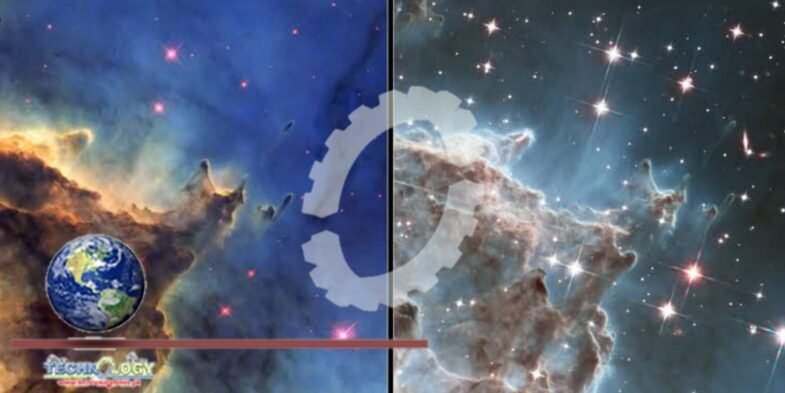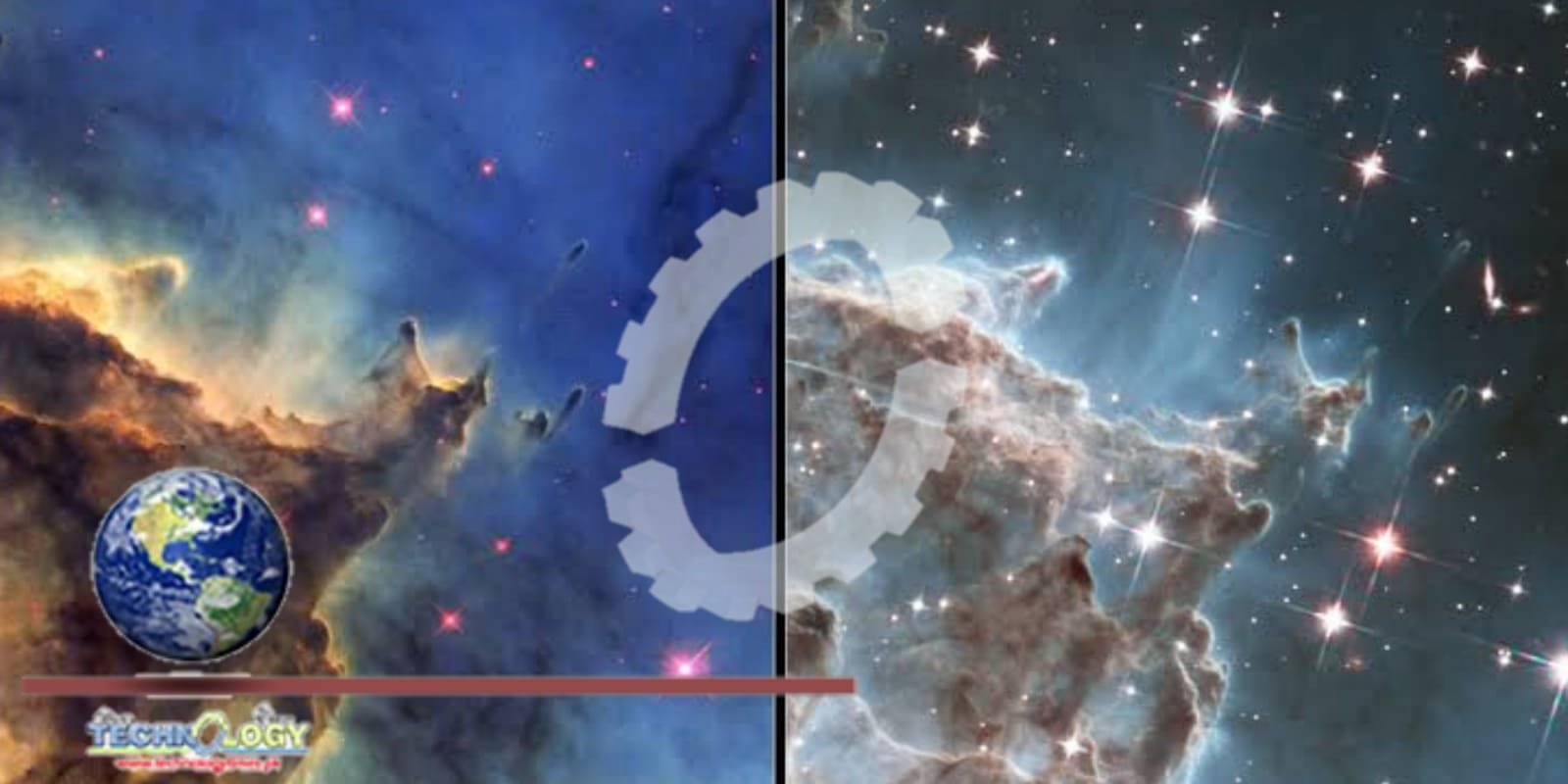NASA on Wednesday star released the first image from the James Webb Space Telescope after sharpening its focus, as the agency plans to start peering at the earliest galaxies in the universe.

NASA officials said the telescope is working better than its minimum requirements, raising hopes for spectacular new astronomy discoveries.”I’m happy to say that the optical performance of the telescope is absolutely phenomenal,” Lee Feinberg, Webb optical telescope element manager, said at a press conference.”It is really working extremely well. We said that we would know the telescope is working properly when we have an image of a star that looks like a star, and now we have that and you’re seeing that image,” Feinberg said.The new image of the star also reveals multiple galaxies in the background, Jane Rigby, Webb operations project scientist, said. NASA hasn’t identified those galaxies yet, she said.
“Now, we took this image to characterize the sharpness, but you can’t help but see those thousands of galaxies behind it; they’re truly gorgeous,” Rigby said. “There’s no way that Webb can look for 2,000 seconds at any point in the sky and not so incredibly deeply. So this is going to be the future from now on. We’re seeing back in time … light as it looks billions of years ago without even really breaking a sweat.”She said the new image of the star is as sharp and crisp as the Hubble Space Telescope could achieve, while future images will be even sharper.As a result, NASA officials are breathing a huge sigh of relief, Thomas Zurbuchen, NASA’s associate administrator for science said.”The sleepless nights I’ve had and the worries I’ve had — they’re all behind us now,” Zurbuchen said, adding that additional challenges are ahead, but the majority of tasks to make Webb operational are achieved.
Previously, the agency released early images from the telescope as it was aligned. More alignment and focus is still scheduled for the observatory, which is in a unique orbit 1 million miles from Earth.Earlier images showed 18 copies of a different star, one copy for each of the mirror’s 18 segments. As scientists and engineers aligned those segments, NASA released another image showing a single, focused photo of the star that was fuzzier than the new image released Wednesday.Webb was built over 20 years by an international partnership with the European and Canadian space agencies.NASA plans to release the first science images — with even better focus — this summer after it prepares and commissions all instruments on the observatory.
“Webb will explore every phase of cosmic history from within our solar system to the most distant observable galaxies in the early universe and everything in between,” NASA said in a news release Tuesday. “Webb will reveal new and unexpected discoveries and help humanity understand the origins of the universe and our place in it.”Webb is more powerful than the Hubble Space Telescope, partly because it gathers infrared light, whereas Hubble uses visible light spectrums. The two telescopes may at times work in tandem to observe space objects and phenomena.
Source:Upi
